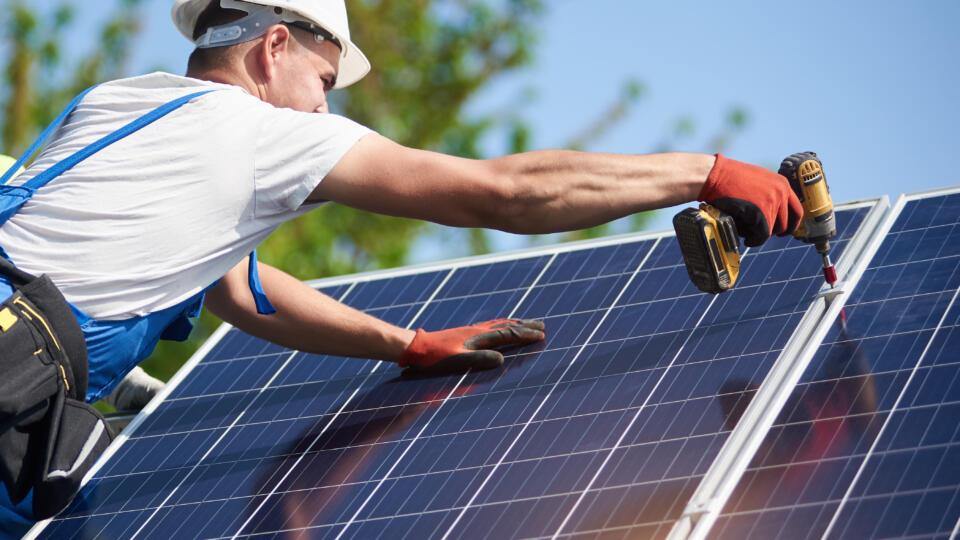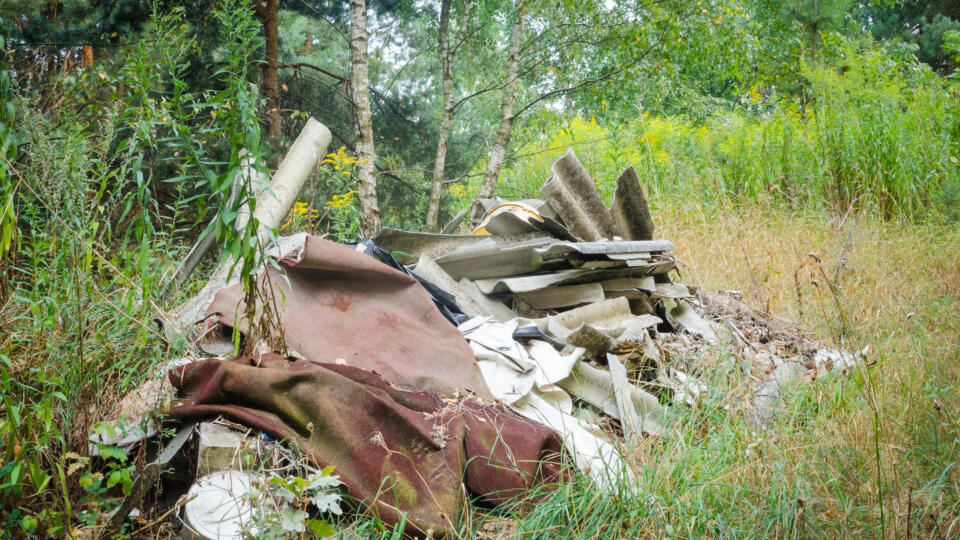
What happens to the asbestos after it’s been removed?
Posted
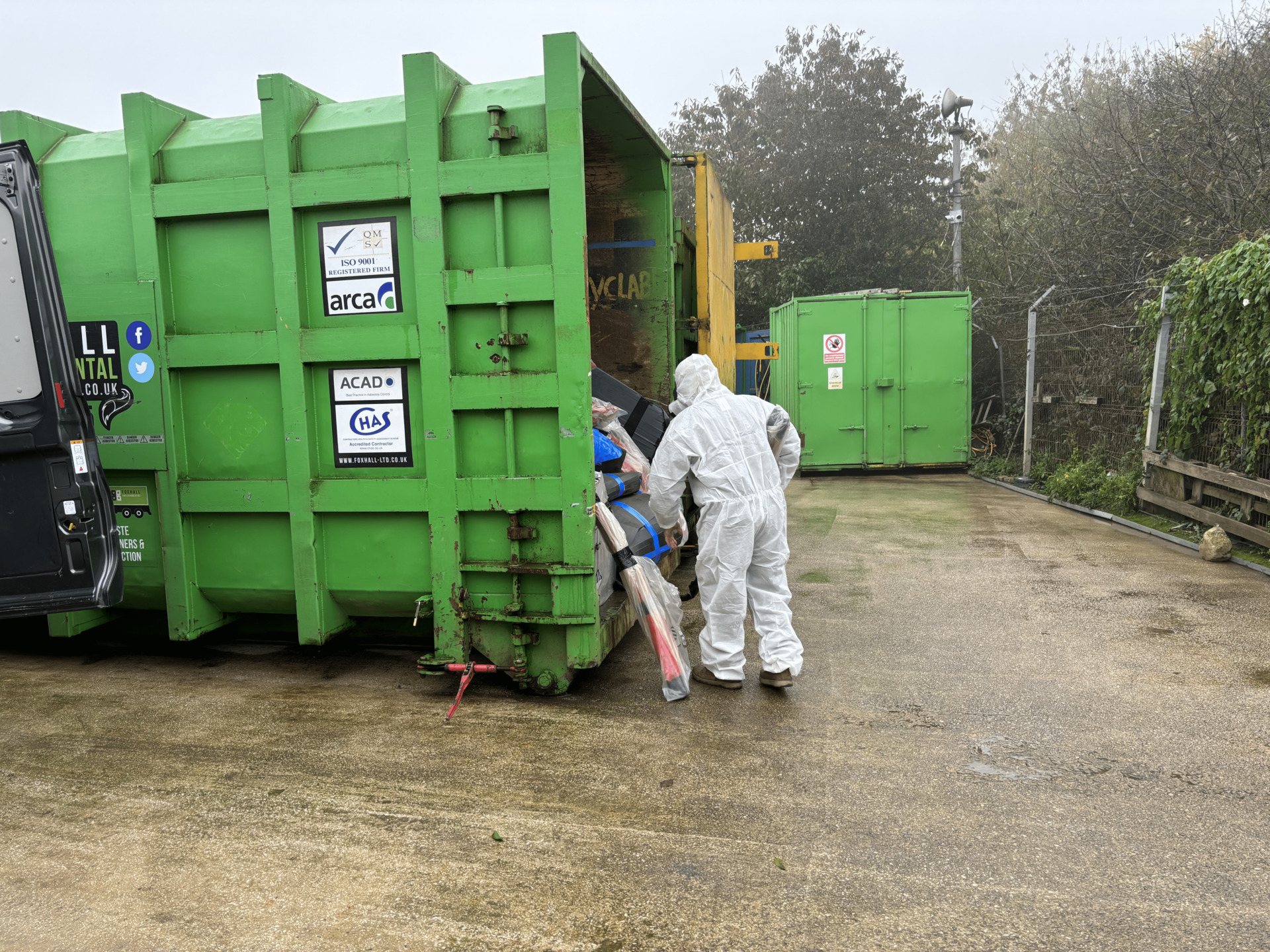
What happens to the asbestos after it’s been removed?
This is one of the questions we get asked the most by homeowners curious to know what happens to the waste from the asbestos removal.
The waste
Not only has the asbestos material had to be disposed of, the disposable coveralls, gloves, masks etc also do too. Items used as part of the cleaning procedure such as rags, cloths and vacuum bags do too. Even the polythene and protective floor coverings which can be wiped down are disposed of as asbestos contaminated waste.
The asbestos waste has to be wrapped or bagged in the correct UN waste bags. Each bag will have a ‘Y’ then a number this number refers to the maximum about of waste the bags can hold in kilograms.
The asbestos should be in these clear marked UN bags or 1000 gauge polythene with a bag inside. The removal contractor should place a sealed red waste bag in a clear bag and seal again
Can I dispose of it myself?
If you are a homeowner and have removed the asbestos yourself, some people will advise you to wrap it yourself and take it to your local council to dispose of. Yes this is something a limited number of local councils allow. This is something I strongly advice you not to do!
Bear this in mind: Do you really want to be handling asbestos? Have you got all the correct mask and PPE? Have you got all the correct UN marked bags or polythene to seal the asbestos? Are you prepared to carry this in your vehicle, risking potentially contaminating if you have an accident?
Professional Disposal: Engaging a specialist asbestos removal contractor, such as Complete Asbestos, is the safest and most practical option. These professionals handle the entire disposal process, from packaging to transportation. The cost of professional disposal outweighs the risks and hassles of a DIY approach.
When you weigh up the cost of disposing it yourself verse getting a specialist asbestos removal contractor to dispose of it such as complete asbestos it really is a no brainer.
Where does it go?
Once we have correctly wrapped the asbestos, it then goes straight into either the asbestos waste skip or for smaller amounts it will go into our designated waste compartment within our vans.
The waste is then transported to our licensed waste transfer station. To carry asbestos we hold a license with the environment agency and must provide a waste consignment note.
The waste transfer stations will then take the skips to a licensed landfill site which then gets buried. These landfill sites eventually get landscaped when they are full with continuous monitoring by the environment agency.
Technology has recently been developed to incinerate asbestos although this is not yet happening it will be something that I believe will be the thing for the future as landfills have to have on going inspection and testing.
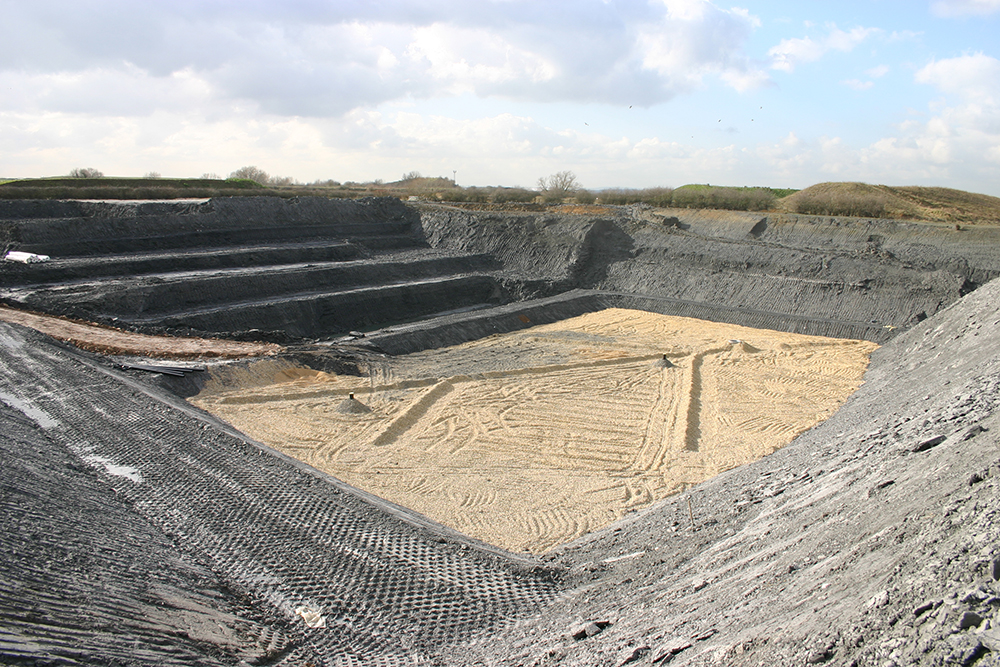
FAQ:
Q. What precautions are taken during the disposal process to ensure the safe handling of asbestos waste?
A. Asbestos waste is carefully wrapped or bagged in UN-marked bags or heavy-duty polythene to prevent any release of fibers.
The disposal process is carried out by licensed asbestos removal contractors who are equipped with the necessary personal protective equipment (PPE) such as masks, gloves, and coveralls to minimize exposure.
The waste is handled according to strict regulations and guidelines to prevent any environmental or health hazards.
Q. Can homeowners dispose of asbestos waste themselves, and if so, what are the risks associated with this approach?
A. While some local councils may allow homeowners to dispose of small amounts of asbestos waste themselves, it is strongly advised against due to the associated risks.
Homeowners may not have the proper training or equipment to handle asbestos safely, increasing the risk of exposure.
Improper disposal can lead to contamination of the environment and potential health hazards for oneself and others.
Q. Where does the asbestos waste go after it’s been collected, and what happens to it at the disposal sites?
A. Asbestos waste is transported to licensed waste transfer stations by asbestos removal contractors.
The waste is then taken to licensed landfill sites, where it is buried in designated areas.
Landfill sites undergo continuous monitoring and inspection by regulatory authorities to ensure compliance with environmental standards.
Although technology for incinerating asbestos waste exists, it is not yet widely implemented, but it may become more prevalent in the future as an alternative to traditional landfill disposal.
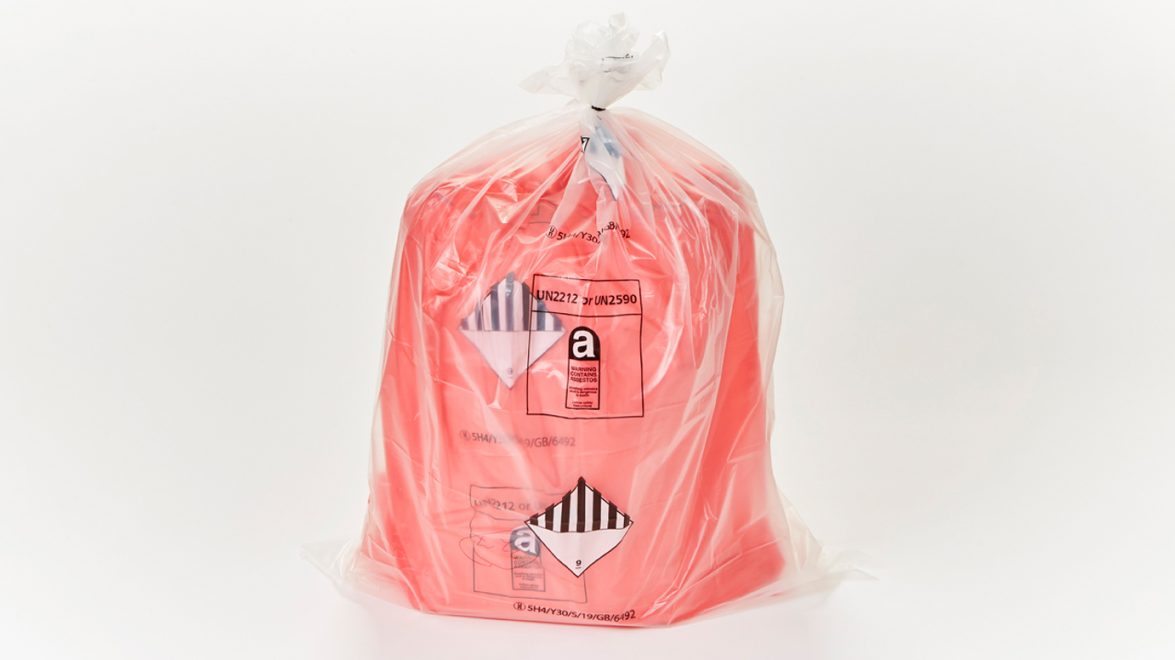
Further Reading

